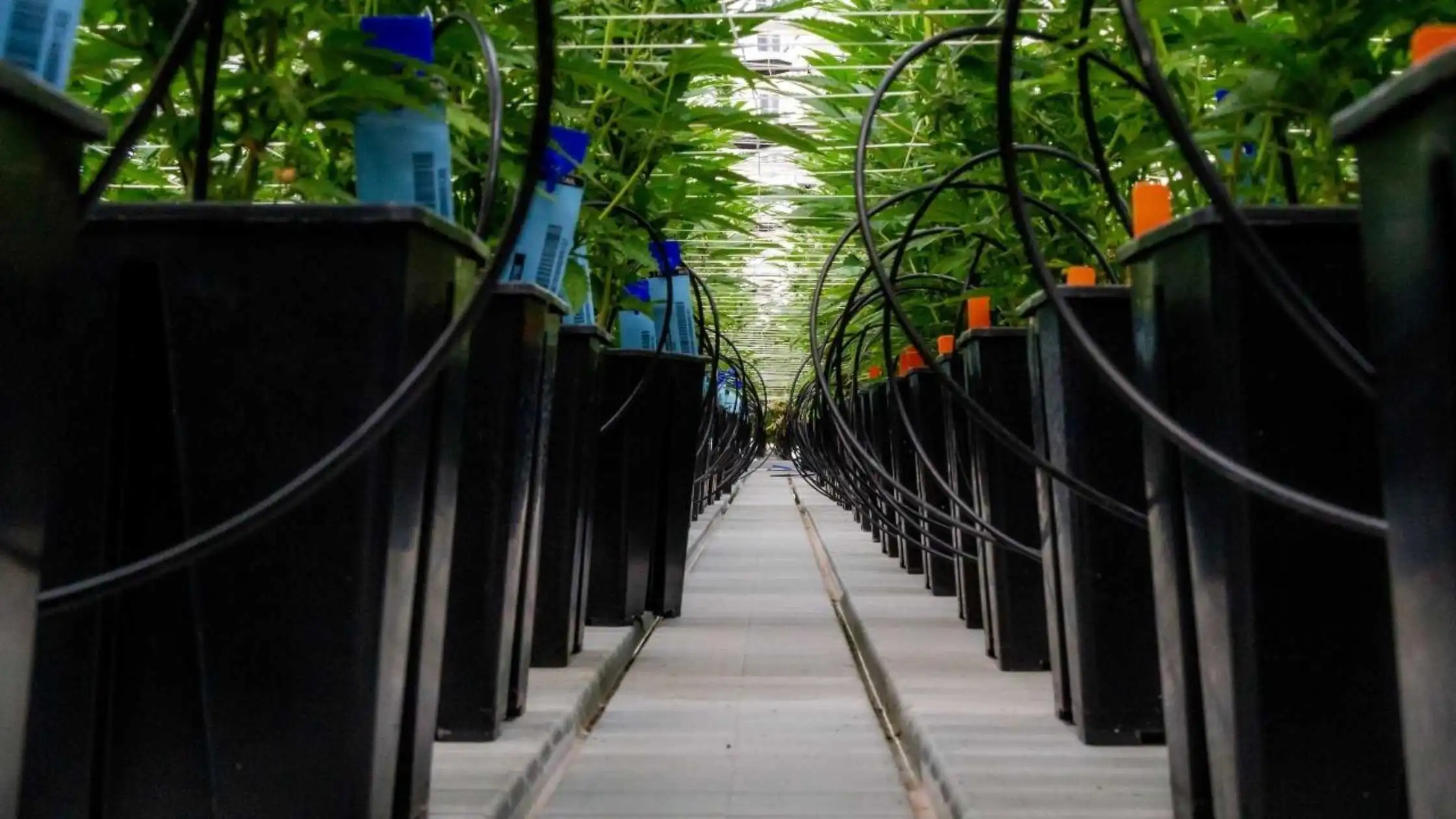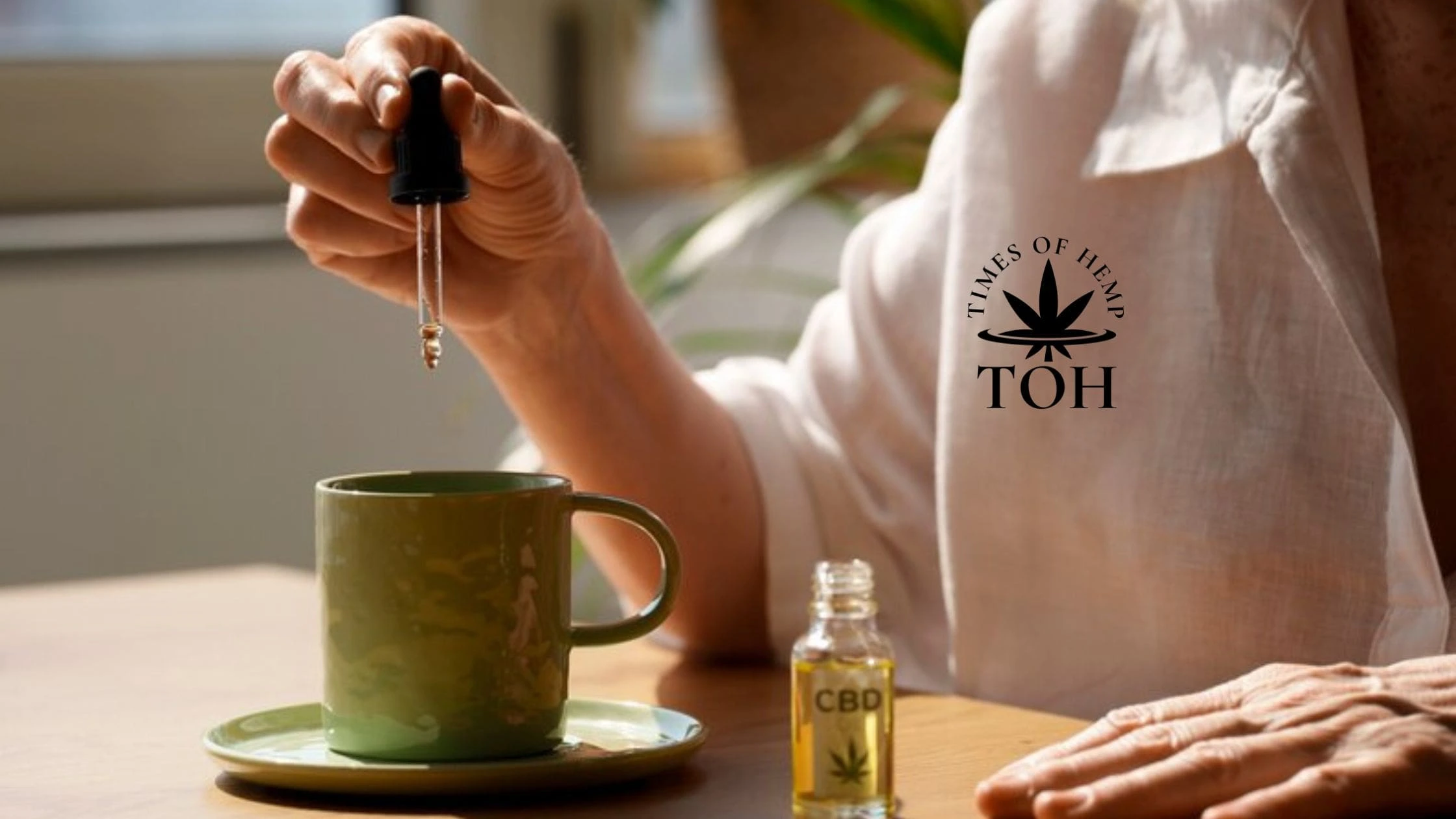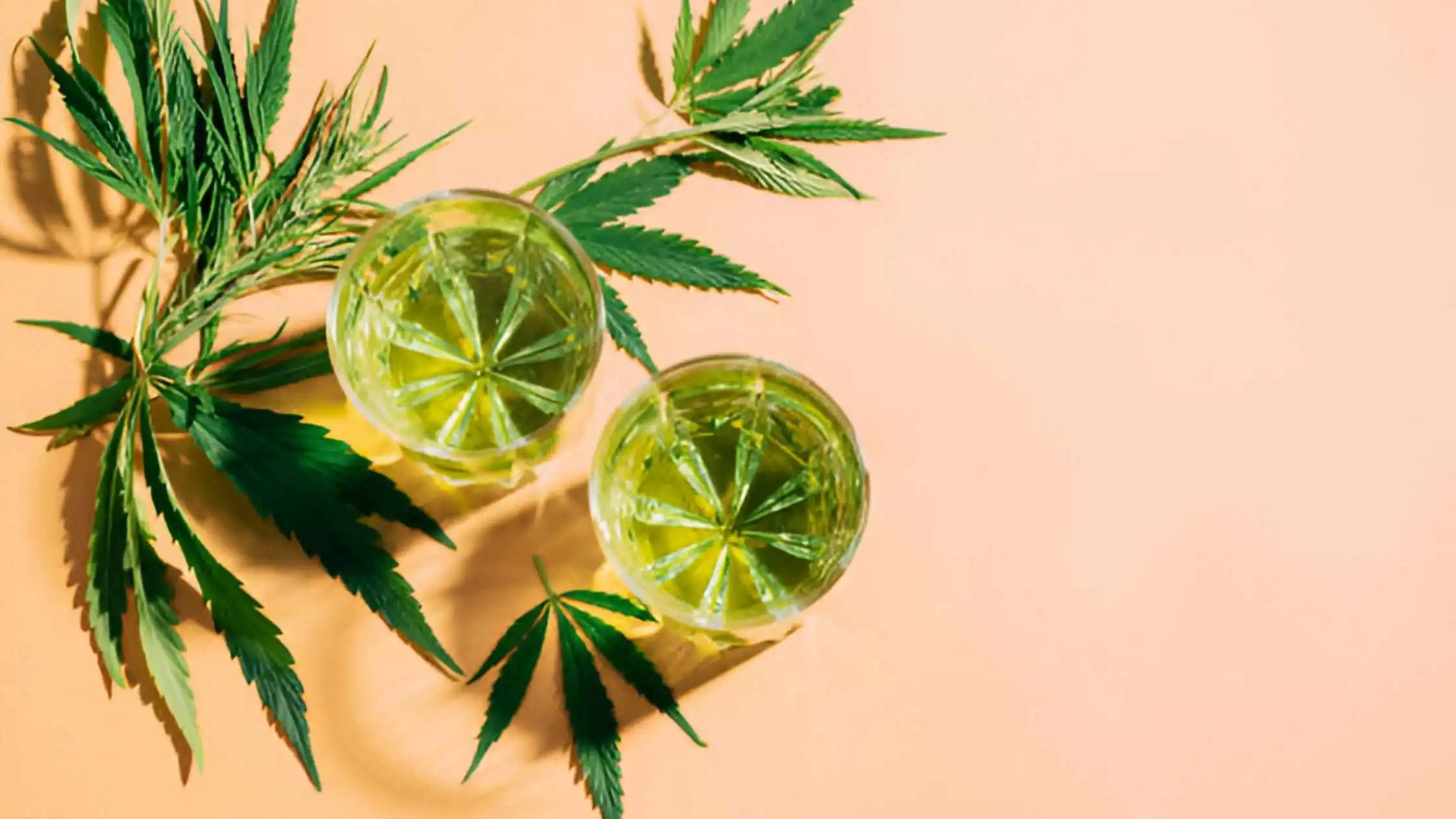Outdoor marijuana and hemp growers have long relied on plastic to pot plants, build trellises, and tamp down weeds.
Now, some of them are looking for ways to reduce their plastic dependency.
Plastic is everywhere, and not only is it bad for the environment, but it also affects human health and food security—agricultural production is one of the biggest culprits and offenders.
So says a new report by the United Nations Food and Agriculture Organization, an agency that promotes food security and sustainability. The report details how plastic pollution has become pervasive in agricultural soils.
The U.N. warns that land used to grow food and other consumer products is contaminated with large quantities of plastic pollutants, including microplastics, to an even higher level than the oceans are.
Plasticulture
Marijuana and hemp are often grown on raised beds covered with plastic to block sunlight from hitting the ground and to stimulate weed growth.
The practice also warms the earth to help seeds germinate and establish young plants quickly, increasing yield and season length.
Unlike other crops that need new plastic each season, cannabis does not, and producers are finding they can leave the plastic in place after harvest.
Even though that saves on waste, Brandon Rivers, founder and president of San Luis Obispo, California-based SLO Hemp Co, said chemicals from the plastic could be leaching into the soil.
“That material is sitting directly on the bedded rows; it’s being exposed to ultraviolet light and moisture, and it’s degrading just from natural oxidation,” he said.
Rivers added that instead of plasticulture, many California cannabis producers are using hay and straw or plant-based biodegradable mulch film to cover outdoor bed rows and block sunlight to weeds. Such methods also hold in moisture and reduce water waste.
Soil biodegradable and compostable black or white plastic mulch can cost $400 more than its conventional counterpart – or more, depending on the supplier.
However, because of specific regulatory standards, some biodegradable plastics are not entirely petrochemical-free and, in some cases, need to meet only a certain percentage of plant-based materials to be considered biodegradable, Rivers added.
“For this reason, paper-based mulches are also being used on organic farms,” he said. “It’s important for farmers to do their due diligence.”
Even better for cannabis, this plant cellulose material could ultimately be hemp-based, Rivers said. Meanwhile, producers can suppress weeds using regenerative cultivation practices.
“Farmers don’t necessarily need to be as scared of weeds; they can just find natural cover crops to put down in between their rows or underneath their crops that will outcompete the weeds,” he said.
“You can just let a few weeds grow in there, and it’s not the end of the world. You don’t need to put plastic down to cover your rows.
“It’ll encourage more beneficial insects and bees to move in.”
Plastic pots and trellis netting
Many outdoor and indoor cannabis producers use plastic pots, which can be reused and recycled but eventually must be replaced, said Julia Jacobson, CEO of marijuana producer Aster Farms in Oakland, California.
Instead, growers can use growing beds.
“No matter where you’re growing, it’s possible to create beds … as opposed to growing in 5- or 10-gallon pots,” Jacobson said.
“They’re a better way to grow; you get more out of the actual chemical compounds with the complexity of the plant. Switching from growing in pots to growing in beds is a clear-cut solution to reducing the number of pots that we’re using in the cannabis industry.”
Jacobson said trellis netting, used for spacing plants for better airflow, fuller flower growth, and protection against bud rot and mold, is “one of the biggest offenders” of plastic consumption in cannabis cultivation because it is seldom reused.
“It’s not just a harmful plastic in general and a large volume, but it’s also shaped in a particular way that can be extremely harmful to ending up in the oceans. It’s a web of plastic that animals and sea creatures get stuck in.”
Because of this, Aster Farms has replaced conventional trellis netting with a compostable alternative.
Irrigation
Polyvinyl chloride, or PVC, pipes used for in-field drip irrigation are “made from a slew of nasty chemicals,” Rivers said. The smaller “lay flat” tubing, drip tubes, and emitters are made from plastic or polyethylene.
He said that Growers could replace drip irrigation with a center pivot, ditch, or flood irrigation to avoid using so much plastic.
Potential for plastic bans?
The U.N. report lists several measures that can prevent the release of agricultural plastics into the environment while improving sustainability, including bans on select products and plastic polymers and penalties to drive sustainable behaviors.
However, cannabis entrepreneurs say the current U.S. political climate doesn’t bode well for making significant changes to environmental policy. Other countries are more likely to take the lead.
For example, at the end of last year, Canada introduced regulations banning single-use plastics, and a new law in France prohibiting plastic packaging on most fruits and vegetables took effect on Jan. 1.
Consumers will choose
Rivers said that in the absence of regulations curbing plastic use, consumers will drive market demand for climate-smart products.
“People will spend the extra buck if they feel good about the product they’re buying,” he said.
Meanwhile, said Jacobson, cannabis producers and companies need to demonstrate sustainability efforts rather than damage industry credibility through greenwashing.
“There are a lot of operators out there, not just giving the cannabis industry a bad name, but they’re further damaging our climate or environment, and they’re creating products that just aren’t good for people.”
Disclaimer: https://mjbizdaily.com/tips-for-reducing-and-eliminating-plastic-use-in-cannabis-cultivation





